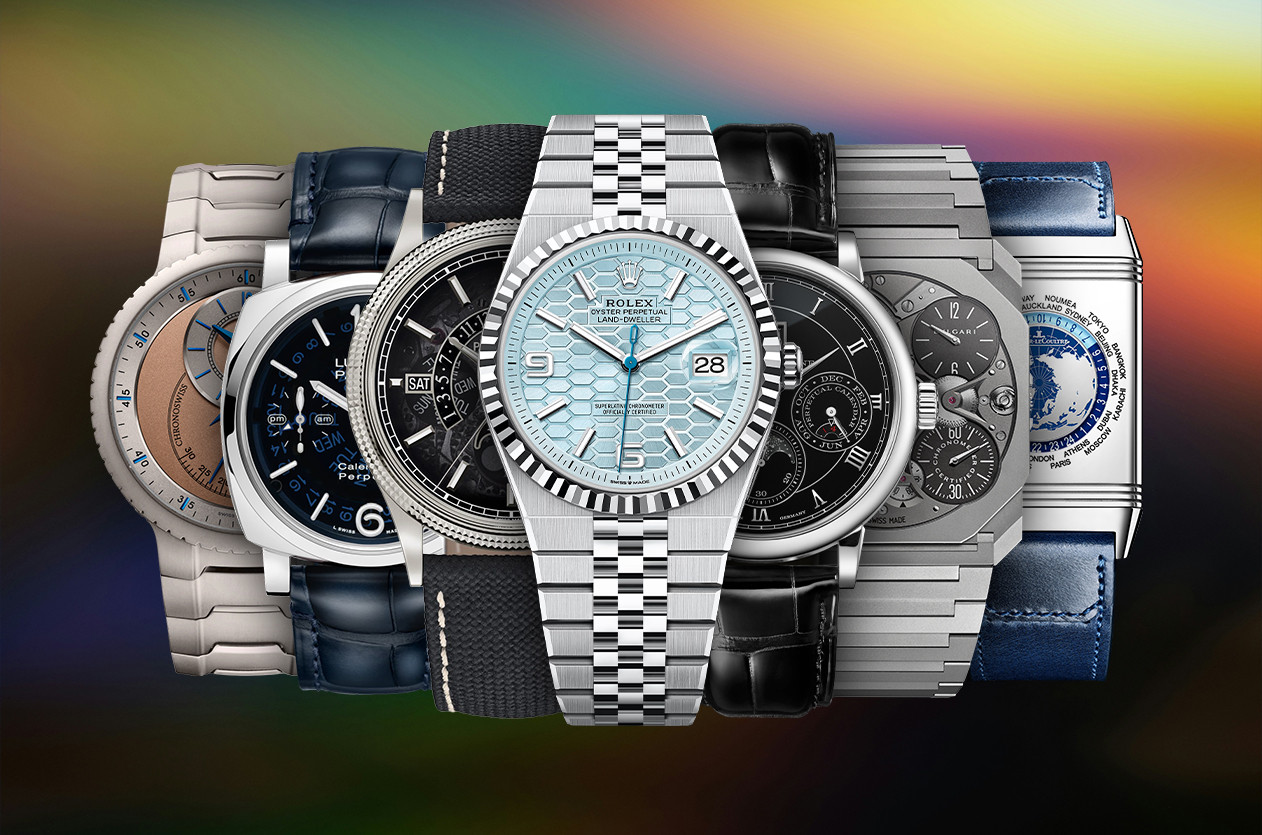
Roundup Waqt Picks the Top 7 at Watches and Wonders 2025
Welcome to the hub of the horoloy
Originally designed for spelunking, earning its place as a legendary sports watch
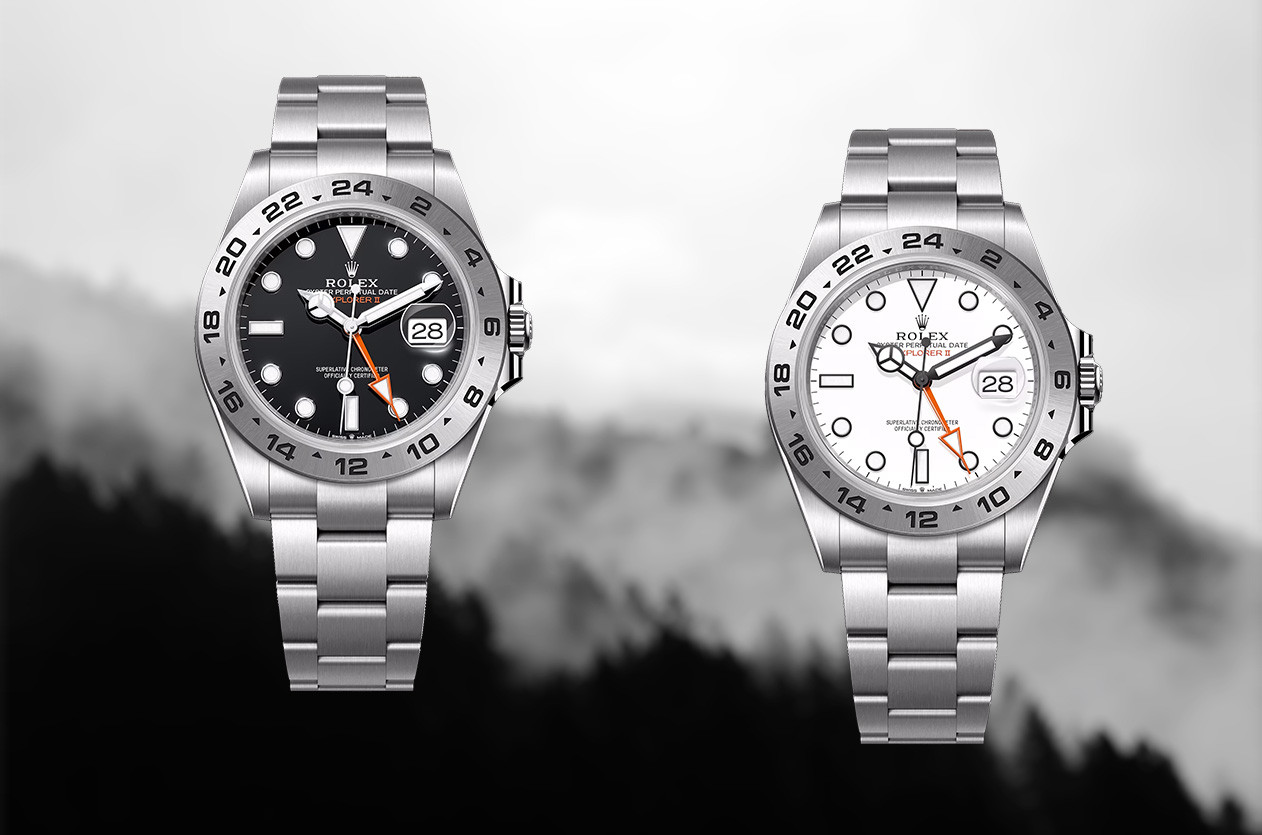
It's intriguing to consider that while Rolex mass-produced exquisite luxury watches for the general public, many of their collections were initially tailored for niche audiences. For instance, the Submariner targeted divers, the GMT-Master for pilots, and the Explorer II specifically for spelunkers adventurers exploring caves. The Rolex Explorer II wasn't introduced as an update or replacement but as an addition to the existing Explorer collection. Unlike the classic Explorer, which served as a rugged time-only watch for various demanding activities, the Explorer II was meticulously crafted for speleologists (cave explorers).
Tailored for spelunker, distinguishing itself with a robust design, seamlessly combining form and function, the Explorer II boasts a stainless steel case. The white or black dial, adorned with luminescent hour markers and Mercedes hands, ensures optimal legibility even in the darkest environments. Originally added as a prominent AM/PM indicator, the 24-hour hand circles the dial daily, displaying the time in relation to the fixed bezel, allowing wearers to discern day and night without referencing the sun. Enhancing practicality, a magnified date window at 3 o'clock complements the fixed stainless steel bezel with 24-hour markings, catering to those tracking a second time zone. The scratch-resistant sapphire crystal protects the dial from the rigors of exploration, ensuring longevity and clarity.
The Rolex Explorer II serves as a testament to the brand's dedication to precision, durability, and style since its debut in 1971. While some common features persist across the initial Explorer II reference and the latest model, like the ref. 226570 launched in 2021, numerous upgrades and changes have occurred over the decades. Let's delve into the fascinating history of the Rolex Explorer II.
Rolex Explorer II Ref. 1655 1971/1984
Each timepiece in Rolex's sports watch series serves a specific profession, and as previously mentioned, the Explorer II caters to spelunkers with a practical AM/PM indicator, a luminous dial display, and a highly resilient exterior. Navigating through dark crevices and tunnels for extended periods can easily lead to a loss of time. The 24-hour hand on the dial, in coordination with the fixed 24-hour bezel, assists wearers in keeping track of day and night hours when the sun is not visible. this reference is also known as the Freccione and the Steve McQueen.

It is noteworthy to highlight the bezel featuring 24-hour graduations with alternating numerals and stick markers. This distinctive design is exclusive to the ref. 1655, which remained in production until the mid-1980s. Rolex equipped the initial version of the Explorer II with the same movement found in the GMT-Master series, namely the cal. 1575.
Explorer II Ref. 16550 1985/1989
Introduced in 1985, the transitional Explorer II ref. 16550 marked a significant evolution. This model presented a larger 40mm case size, a sapphire crystal, and the incorporation of Caliber 3085. Rolex also overhauled the dial, aligning it with the aesthetic of other sports models by featuring the iconic Mercedes-style hands and a combination of triangular, round, and rectangular lume-filled hour markers. The 24-hour hand underwent a transformation, becoming longer and thinner. Furthermore, Rolex expanded the options for the Explorer II ref. 16550 by offering a black or white dial, departing from the previous limitation to only black. The fixed bezel retained the 24-hour scale but showcased inverted triangles for odd numbers instead of sticks.
With the introduction of the Caliber 3085 movement, the 24-hour hand gained the capability to be adjusted independently from the traditional hour hand, allowing it to point to a specific numeral on the fixed 24-hour bezel. This enhancement transformed the Explorer II from a mere day and night indicator to a GMT watch, proficient in displaying a second time zone. This pragmatic upgrade broadened the appeal of the Explorer II to a larger audience of globetrotting adventurers. Regrettably, the production of the Explorer II ref. 16550 was limited to just four years, concluding in 1989. Despite its relatively brief presence in the Rolex lineup, the transitional model left an enduring impact on the history and evolution of the Explorer II series.
Rolex Explorer II Ref. 16570 1989/2010
After a mere four years, the transitional ref. 16550 gracefully made way for the ref. 16570. Both iterations share an astonishingly similar design, differing primarily in the movement. Rolex upgraded the movement to the cal. 3185 initially and later transitioned to the cal. 3186. Despite the shift in movements, the fundamental functionality remained consistent with the previous generation, with each new caliber introducing minor improvements and refinements.
Notably, Rolex bestowed a significant upgrade upon the white Polar Rolex Explorer dials of the new Explorer II watches. They replaced the white gold surrounds with sleek black finishes, extending this design approach to the hands as well. The reference 16570 enjoyed a production span of over two decades, undergoing several changes throughout its run. While early models were equipped with the Caliber 3185, later iterations housed the Caliber 3186. Additionally, Rolex made several adjustments to the luminescent material used in the dials over the course of this reference's production.
Rolex Explorer II Ref. 216570 2011/2021
To commemorate the 40th anniversary of the model, Rolex introduced the Explorer II ref. 216570. While it stands as a thoroughly redesigned and contemporary model, it serves as a fitting homage to the inaugural Explorer II ref. 1655.
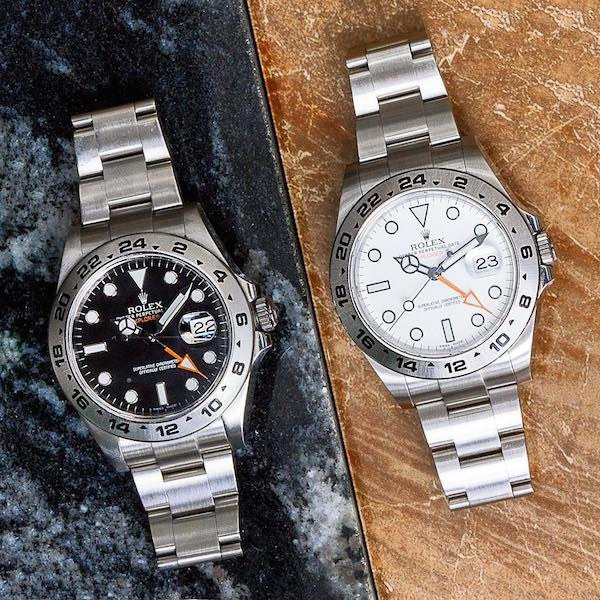
Distinguished by its enhanced case size of 42mm, the Explorer II ref. 216570 emerges as a more robust iteration of the cave-exploring Rolex. To maintain balance with the larger case, both the hands and the lume have expanded in size, contributing to improved legibility. Consistent with its predecessor, the Explorer II ref. 216570 is available with either a black dial or a white "Polar" dial.
Rolex Explorer II Ref. 226570 / 2021
During the Watches and Wonders Geneva 2021 online event, Rolex unveiled a brand-new iteration of the Explorer II to mark the 50th anniversary of its cave-exploring timepiece. The updated Rolex reference 226570 maintains a striking similarity to its predecessor in overall aesthetics. While proportions have undergone refinement and minor details have been updated, the key enhancement accompanies the new model in the form of Rolex's Caliber 3285 movement. This movement features the brand's Chronergy escapement and an extended 72-hour power reserve, a notable improvement from the Explorer II ref. 226570's previous 48-hour reserve. Additionally, it incorporates Paraflex shock absorbers, a blue Parachrom paramagnetic balance spring, and a rotor mounted on ball bearings.

Several other updates are more nuanced. For instance, the 42mm case is slightly thinner, along with the lugs. The slimmer lugs pave the way for a marginally wider Oyster bracelet. The black and white dials maintain a familiar layout, akin to the preceding 216570, with a notable addition of a small crown positioned between "Swiss" and "Made" at the 6 o'clock position. Furthermore, the hands have undergone slight modifications. The black dial now features polished white gold hands (as opposed to partially blackened ones). On the white "Polar" dials, matte PVD-coated hands and hour markers have replaced the previous black glossy ones, minimizing reflections. While the changes are subtle, they merit acknowledgment.

So the Rolex Explorer II was initially designed as an expanding the iconic Explorer collection. Crafted solely from stainless steel, it features a fixed bezel with 24-hour markings, an additional 24-hour hand, and an automatic date display. Limited to Rolex's Oyster bracelet, it is equipped with a chronometer-certified movement and offers GMT functionality (except the first generation). With the choice of a white or black dial since the second generation.
The intriguing journey of the Rolex Explorer II unfolds with an initially modest beginning. However, far from fading into obscurity, the Explorer II has not only endured but has flourished to become one of Rolex's highly sought-after sports watches. Whether it's a vintage model or a contemporary piece, the Explorer II proves to be an excellent and enduring choice for any watch enthusiast's collection.

First Look Jaeger LeCoultre Unveils The Reverso Tribute Monoface Small Seconds
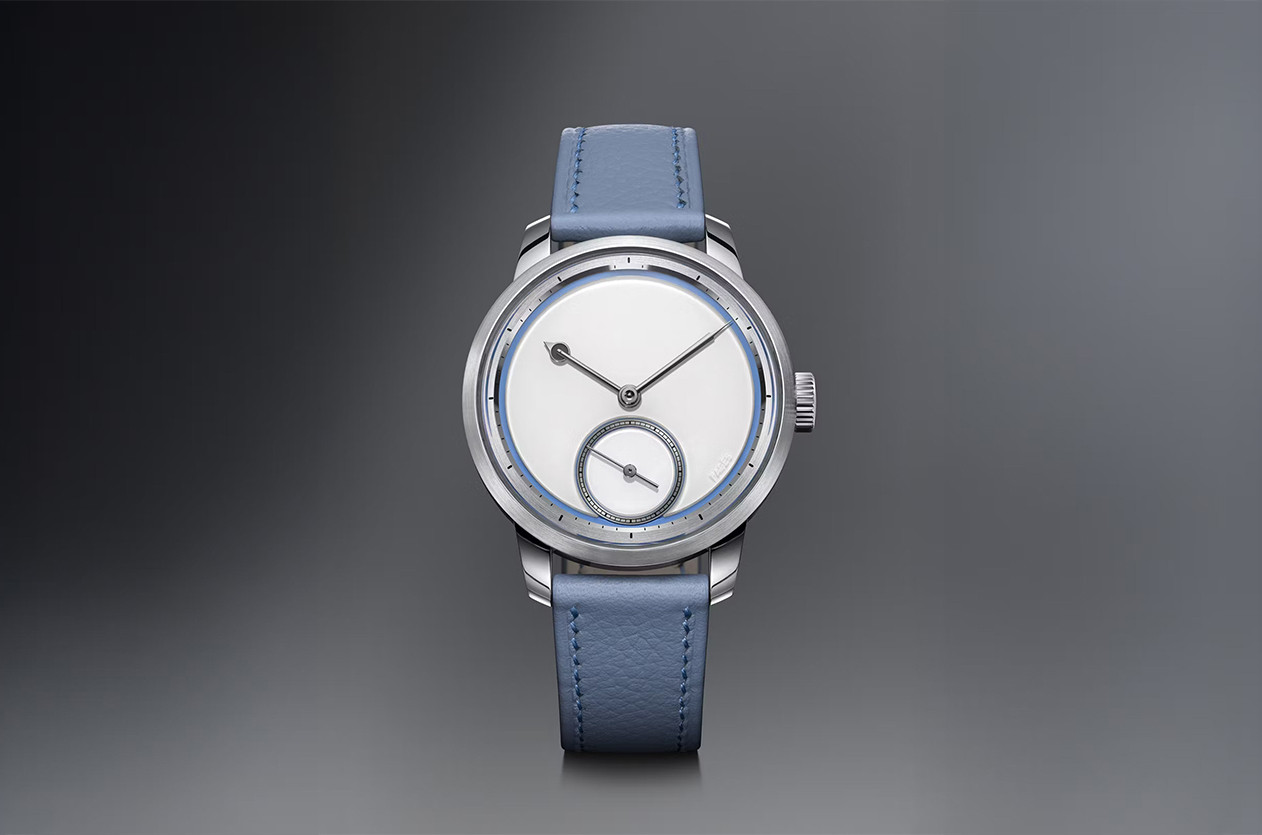
Introducing RP2: The Newest Masterpiece by Raúl Pagès

Introducing DB28GS Swordfish: The Luxury Dive Watch from De Bethune

Introducing Vacheron Constantin Traditionnelle Tourbillon Perpetual Calendar
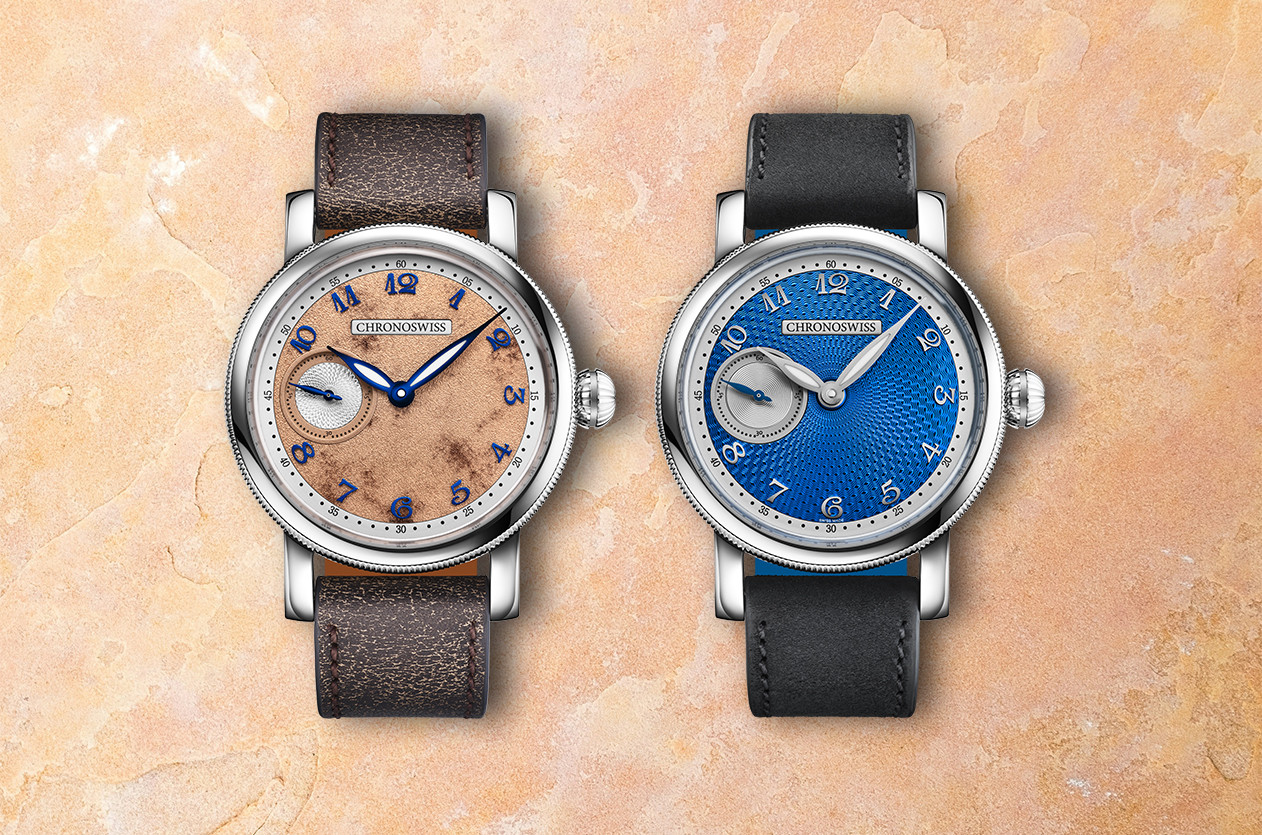
Introducing Chronoswiss Advances Steadily into a New Era with the Small Second
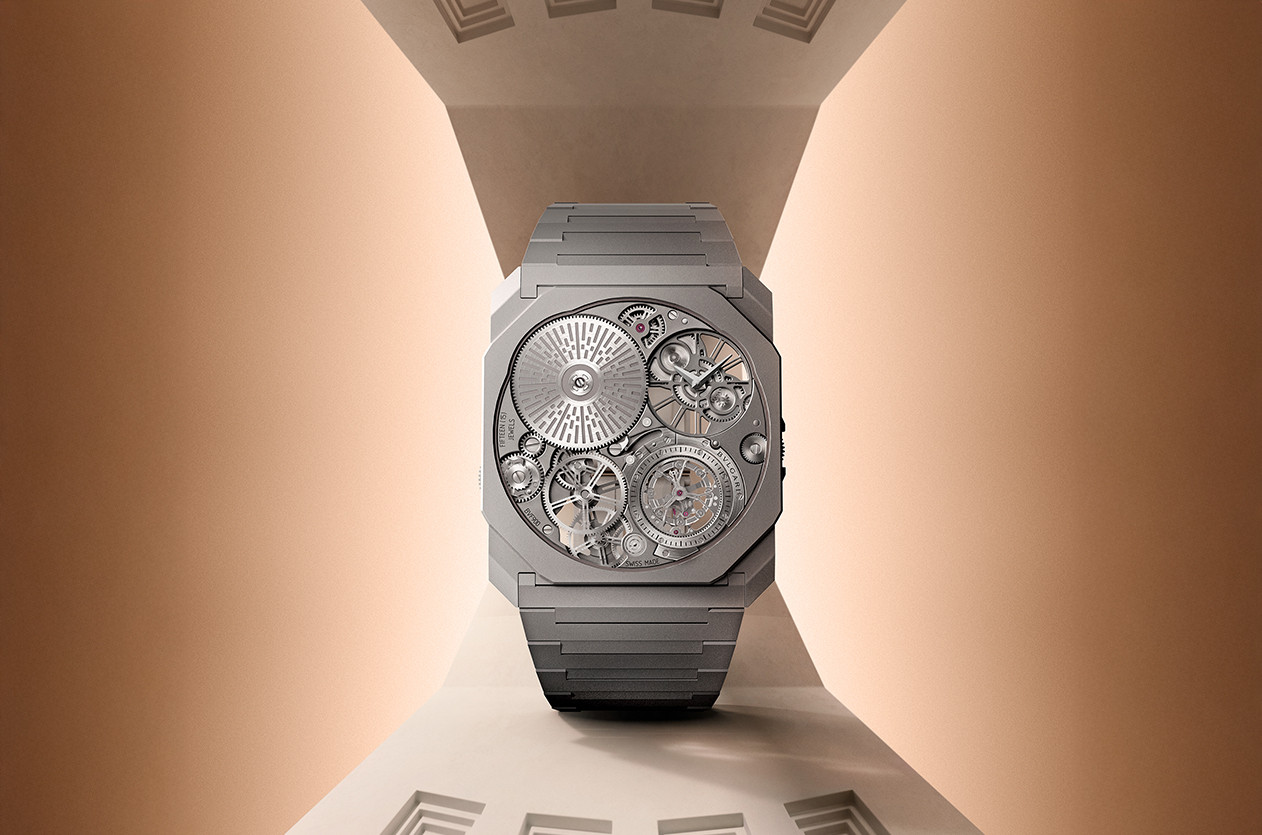
Introducing Bvlgari Shines Again with the World's Thinnest Tourbillon

Introducing Rolex Launches the Daytona 126518LN in Yellow Gold with a Turquoise blue Dial
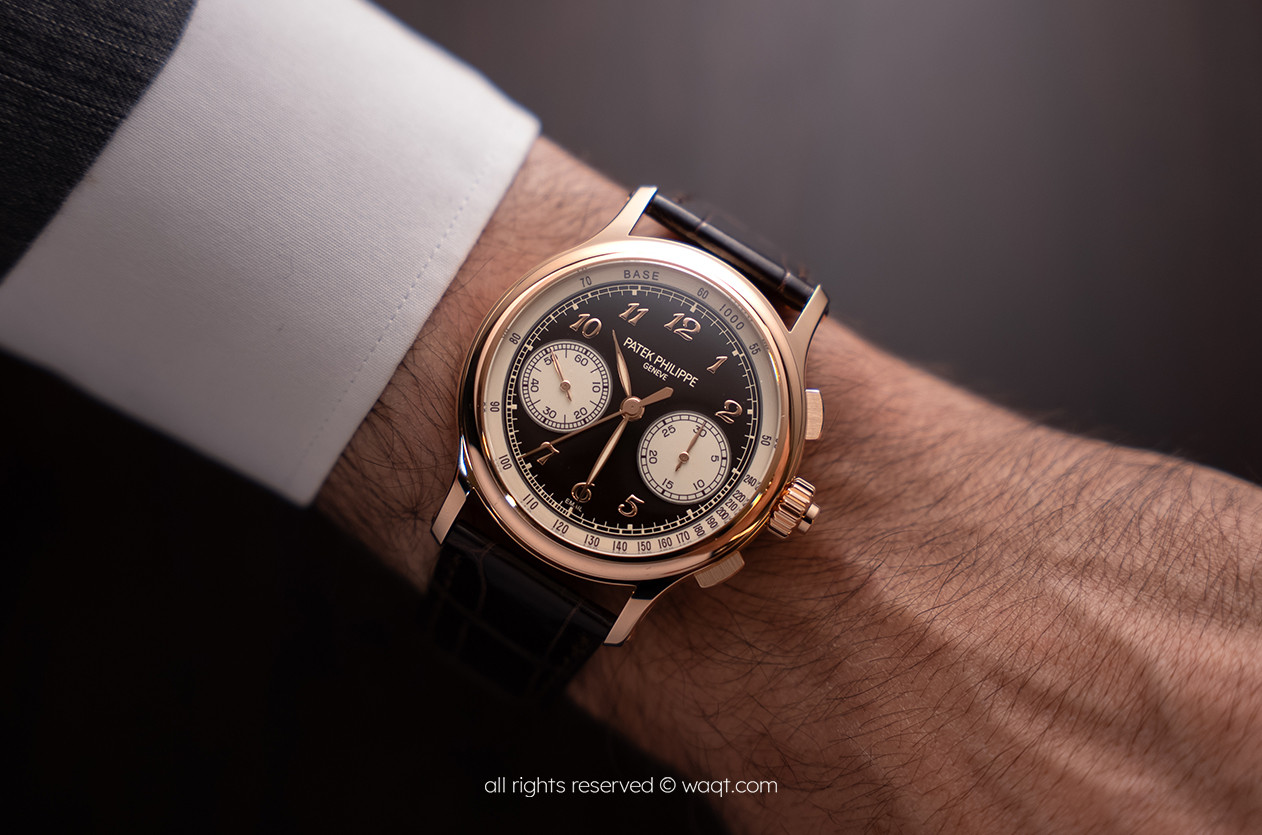
Hands on Patek Philippe Unveils the Split-Second Chronograph 5370R

Introducing A. Lange & Söhne Unveils the Minute Repeater Perpetual
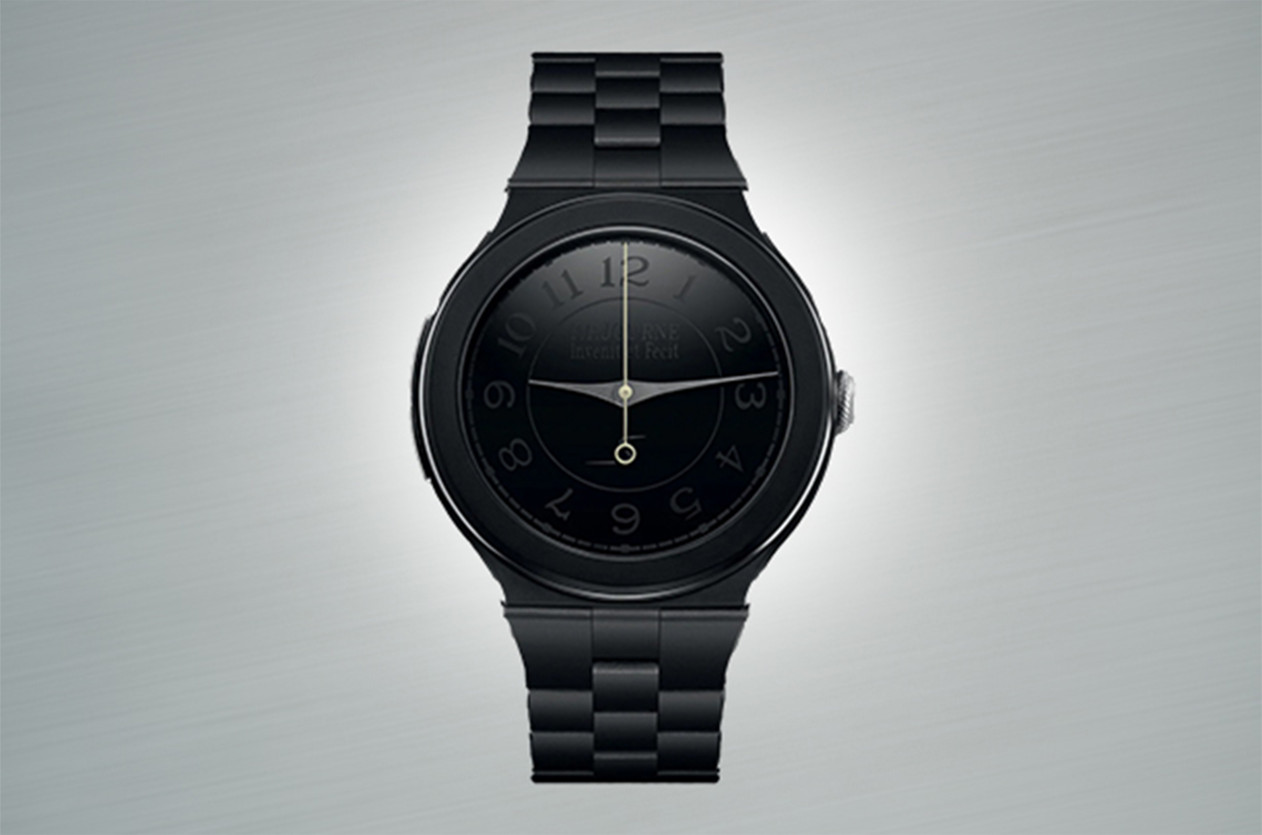
Introducing F.P.Journe Launches the Chronomètre Furtif with a Striking Tungsten Carbide Case

Introducing Gerald Charles Unveils the Maestro GC Sport Tennis Watch
Comment Delete Text
This page is available in English only. Please click below to visit Arabic Home page!